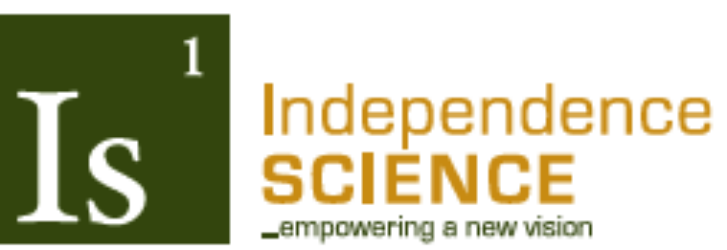Contributed by Robert Jaquiss
Editor of Independence Science Newsletter
[email protected]
Recently, their was discussion on the Program-l mailing list about how blind people could build electronic devices. Here is a summary of the information.
Many years ago in the #50’s and #60’s, it was possible to purchase kits to build electronic devices. Heathkit was an example of a company from which kits for building tube testers, TVs, signal Generators etc. could be purchased. Allied Electornics was another company that offered kits for learning about electronics. A twenty in one kit for example consisted of a Massonite board on which were mounted capacitors, resistors, transistors and other components. The builder used spring clips to connect these components and could build a radio receiver, radio transmitter, intercom etc. My father glued braille numbers to the board and put beads of solder on the wires so they stayed in the string clips more reliably. With brailled instructions, I could build various circuits.
Fast forward to today. Elenco offers Snap Circuits. These consist of a large plastic board with knobs protruding from it. Components are mounted on plastic pieces that snap to the board. The snaps are metal so components can be snapped to each other and or connected with jumpers. The result is a stable assembly. Snap Circuits can be used by students eight and up. In a college physics lab, they are being used to set up circuits for physics labs.
From 1980 to 1998, Smith-Kettlewell published on a quarterly basis, the Smith-Kettlewell Technical file. The Technical file contains an assortment of articles on circuits, building specialized equipment and even a seven article series explaining how a blind person can solder. For more information and to read the issues see the link: http://legacy.ski.org/Rehab/sktf/
Quorum is a relatively new programming language. Initially designed to be accessible with screen readers, Quorum is gaining acceptance as a general purpose language. For anyone wanting to try computer programming, Quorum is a good place to begin. See the link: https://quorumlanguage.com/ Quorum also can be used with the Lego® EV3 Mindstorms robot.
See the link: https://www.quorumlanguage.com/documents/tutorials/robots/started.php.
If you want to use a Raspberry Pi with your Lego robot, see the site: http://www.dexterindustries.com/BrickPi/.
For anyone interested in building with Arduino boards, see the Blind Arduino Blog site: http://blarbl.blogspot.de/.
